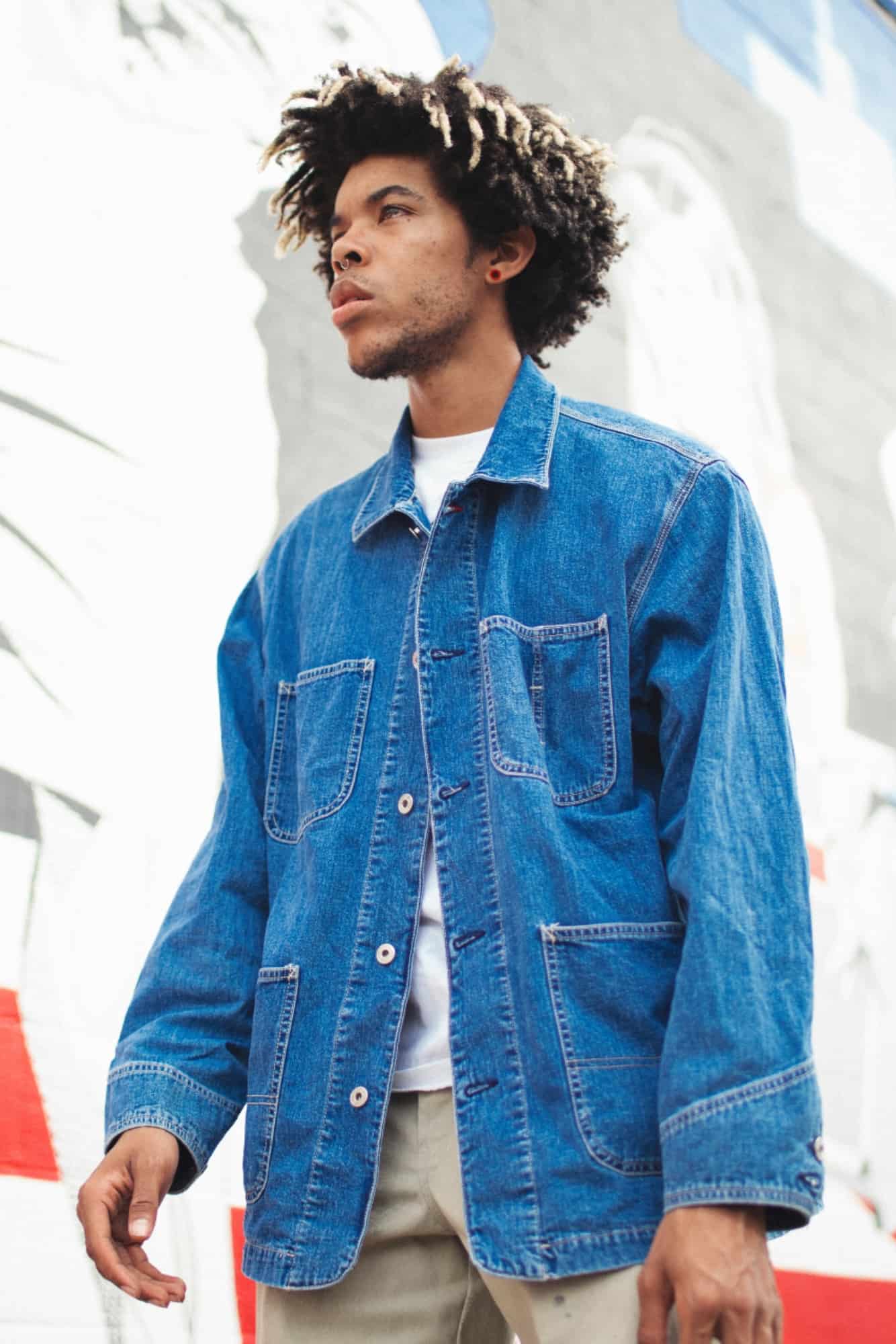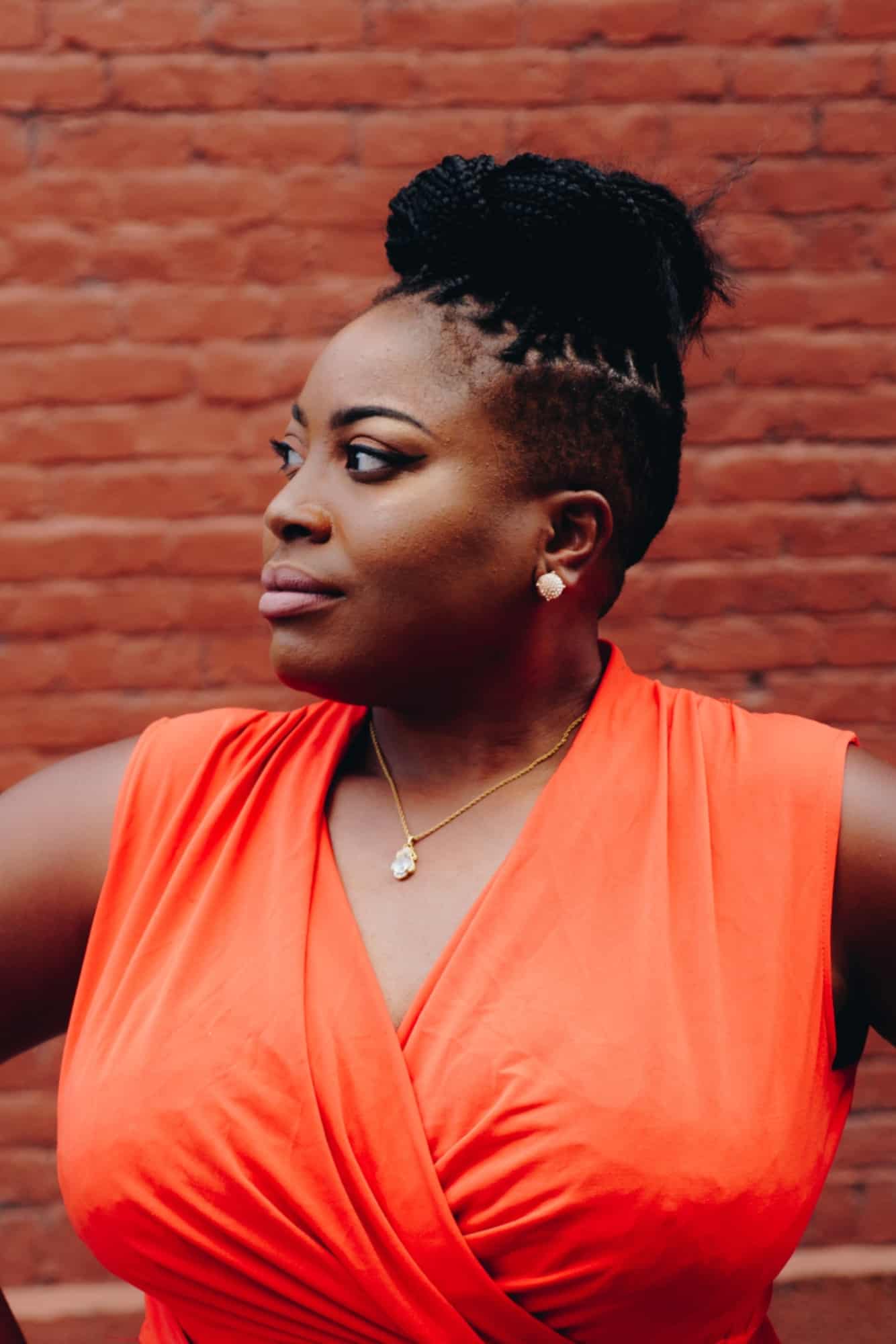The risks associated with influencer marketing are numerous and ever increasing. This is due to the nature of this kind of advertising – people are innately volatile and using their lives as commercial platforms will inevitably throw up unexpected issues. Since CORQ was developed in 2017, we have been tracking the areas that make influencer marketing a risk for brands. These are five of the potential pitfalls businesses should be wary of when utilising influencers as a route to their target consumer.
Past controversies
Influencer scandals and controversies are often surprising and the unveiling of these can come out of nowhere. In the past five years, influencer apologies have become commonplace as racist, classist and homophobic historic tweets have come to light. Past YouTube videos which are culturally inappropriate have come under social media’s magnifying glass and led to the brief “cancellation” of certain individuals. Although many influencers will plead naivety and youth as excuses for historic controversies, brands are left in a position where they must decide if this behaviour is something they can bear. Do you stick by the influencer, or cut ties should the emergence of historic controversies happen while the influencer is working with you? Brands tend to be on the receiving end of negative reaction regardless of what they decide to do in this scenario but an internal policy on this is advisable to ensure reaction to historic controversies is down to company standards rather than knee-jerking.
You may also like
Unexpected publishing breaks
Influencer burnout has been an issue since 2015 when YouTubers began to open up about the stress their publishing schedule put them under and the fact it was unsustainable. Many found that if they took a break from producing content, their engagement dipped and they lost followers. However, if they didn’t step back, their mental health suffered. These days influencers taking publishing breaks has become increasingly commonplace and stands to impact the success of brand campaigns. For example, if an influencer takes a month off, the content they publish following this month is unlikely to have the same visibility as content published when they are consistently accumulating engagement every day. This is down to how the algorithms of social platforms’ newsfeeds work. In basic terms, the more people interacting with an influencers content on a daily basis, the more people it will be served to and the higher up the newsfeeds it will appear. Due to these breaks becoming more and more frequent, brands should ask influencer partners if they plan to take a publishing hiatus soon before or after a campaign is due to go live as this will impact the campaign’s success.
Deletion of sponsored content
Paid partnerships are an accepted part of most influencers’ platforms at this point. While their audiences may not always like being advertised to, they are not surprised by #ad. However the aggressive commercialisation of influencer feeds means many creators are pumping out sponsored content on a daily basis. While this is good for their bank balance, it is detrimental to audience engagement and when it comes to enticing future brand partners. The solution these influencers have turned to? Deleting sponsored content 24 hours to seven days after it goes live. This is not only poor behaviour, taking advantage of the brand’s trust, but impacts campaign legacy. For example, if the brand is trying to build up volumes of content under a specific hashtag, they need posts by influencers tagged with these to create this volume and inspire consumers to use the hashtag too.
Ownership of the consumer relationship
By allowing your brand to be experienced through the filter of an influencer’s life – rather than via brand platforms – you are allowing the influencer to partially own the consumer’s relationship with you. Their impression of your brand is shaped by the influencer and how it fits into their lifestyle rather than through your carefully constructed messaging and aesthetic.
Tracking audience sentiment
Due to the rise of TikTok, it has become increasingly difficult to track influencers’ audience sentiment and this may vary dramatically from platform to platform. In the past year, it has become clear how much easier it is for the influencer to curate an impression of their audience’s devotion on Instagram in comparison to other platforms. One YouTuber in particular launched an activewear company which seems to be a huge success on Instagram and by reviewing content on Google. However, on TikTok the reviews of this brand and the influencer are scathing.
By Sara McCorquodale, CEO and founder of CORQ, author of Influence: How Social Media Influencers Are Shaping Our Digital Future.










